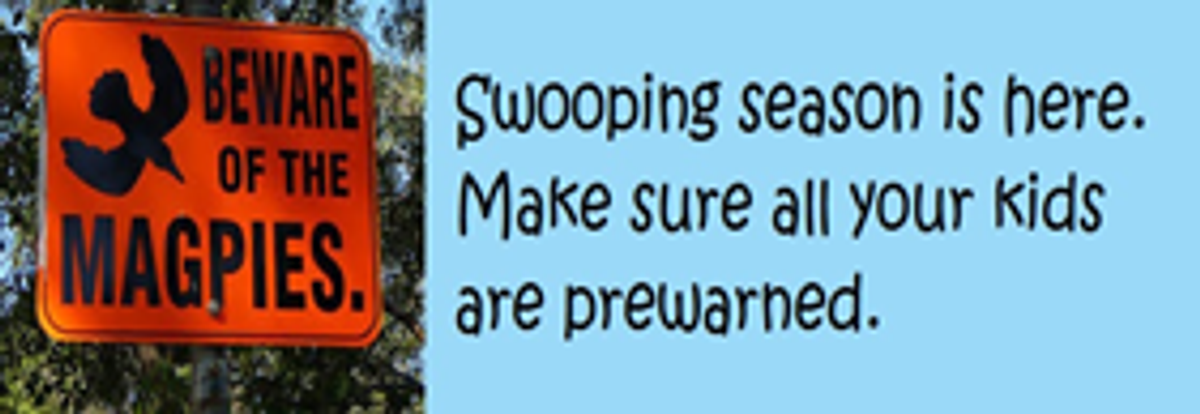Community News

Community News


The magpie will only attack when protecting their nest, eggs or young from potential threats, especially during nesting time in October and November.
As native birds, magpies are a fully protected species so we should try to respect their needs.
Nests can be located in your garden, a park or the schoolyard. Magpies prefer a broad area of short grass with scattered tall trees for nesting and a nearby source of water.
If a magpie feels threatened, it can attack by swooping, or hovering around you and clacking its beak. Most of this behaviour is a form of a bluff, designed to scare, and the bird rarely intends to actually strike.
In a strike attack, a magpie usually swoops, hovering momentarily and then strikes. The fluttering of wings as the bird hovers can be a warning to duck and avoid an attack.
Avoiding magpie attacks
You can help to avoid a magpie attack by following these steps: